Can You Bury Fruit Trees: How To Bury A Fruit Tree For Winter Protection
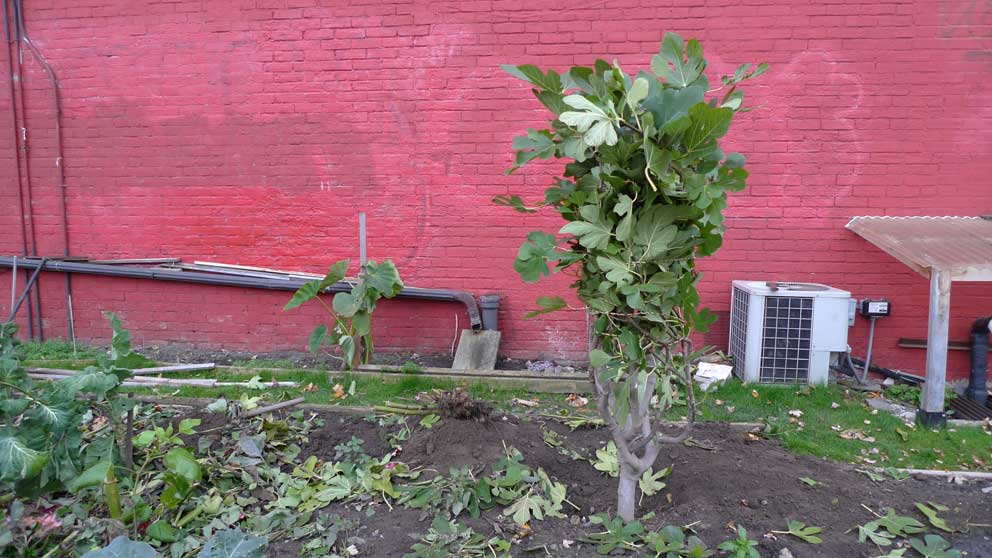
Winter temperatures can play havoc with fruit trees of any type. Considering fruit tree winter protection may be crucial to the tree's survival. A simple, effective, and long standing method of protection is burying fruit trees in winter -- with snow or mulch, like grass clippings or dry leaves. Our question then is not can you bury fruit trees, but how to bury a young fruit tree?
How to Bury a Fruit Tree
Notice in the above paragraph I added the caveat “young” fruit tree. There is a logistical reason for this. Without a bobcat or another heavy lifting device, the realities of burying a mature fruit tree are pretty much nil. Also, the branches are more malleable than those on mature trees. However, for young fruit trees, the process of burying fruit trees in winter is fairly simple. The reasoning behind this method is also easily understood. Burying fruit trees in the winter snow or mulch keeps the temperature of the tree warmer than if it stands alone subject to ice damage and harsh winter winds. This method for fruit tree winter protection is fairly simple and will not only protect the tree from frigid temps, but will also discourage hungry critters, such as rabbits, and damage done from stags rubbing the tree bark and generally damaging the limbs. Prepare to bury fruit trees prior to the first major frost, usually before Thanksgiving. Once leaves have dropped from the tree, wrap it. There are many choices when it comes to your wrap. Almost anything will work, from tar paper to old blankets, house insulation, and movers' blankets. Tar paper is nice, as it creates a waterproof barrier. If you use say, the old blankets, cover with a tarp and tie securely with strong wire or even metal hangers. Then cover the wrapped tree with enough mulch, such as raked leaves or grass clippings, to completely cover it. For some types of fruiting trees, like figs, cut the branches to about 3 feet (1 m.) in length before wrapping the tree. If the fig is large, dig a 3 foot (1 m.) pit from the base of the tree as long as the tree height. The idea here is to bend the tree down into the pit prior to burying it. Some people then place plywood over the bent fig and backfill the hole with the removed dirt. Fruit tree winter protection can't get any easier than simply using what Mother Nature gives you. That is, once the snow has begun to fall, simply shovel enough snow to cover the young trees. While this does give some protection, keep in mind that heavy, wet snow may also damage the tender branches. However you decide to bury your fruit trees, keep in mind that once temperatures begin to warm and all chance of frost has passed, it is imperative that you “unbury” the trees, usually around Mother's Day.
Gardening tips, videos, info and more delivered right to your inbox!
Sign up for the Gardening Know How newsletter today and receive a free copy of our e-book "How to Grow Delicious Tomatoes".

Amy Grant has been gardening for 30 years and writing for 15. A professional chef and caterer, Amy's area of expertise is culinary gardening.
-
 Never Plant Seedlings Until They Pass These 3 Simple Tests
Never Plant Seedlings Until They Pass These 3 Simple TestsDon't be over-eager to transplant seedlings into the garden before they are ready. These quick and easy checks will help ensure flourishing plants.
By Mary Ellen Ellis
-
 Grow ‘Karl Rosenfield’ Peony Plants For The Ultimate Frilly Border Beauties And Cut Flowers
Grow ‘Karl Rosenfield’ Peony Plants For The Ultimate Frilly Border Beauties And Cut FlowersFor frilly double magenta peony petals infused with a heady fragrance, grow ‘Karl Rosenfield’ peony plants. Here’s how to cultivate the ultimate plushy blooms
By Tonya Barnett
-
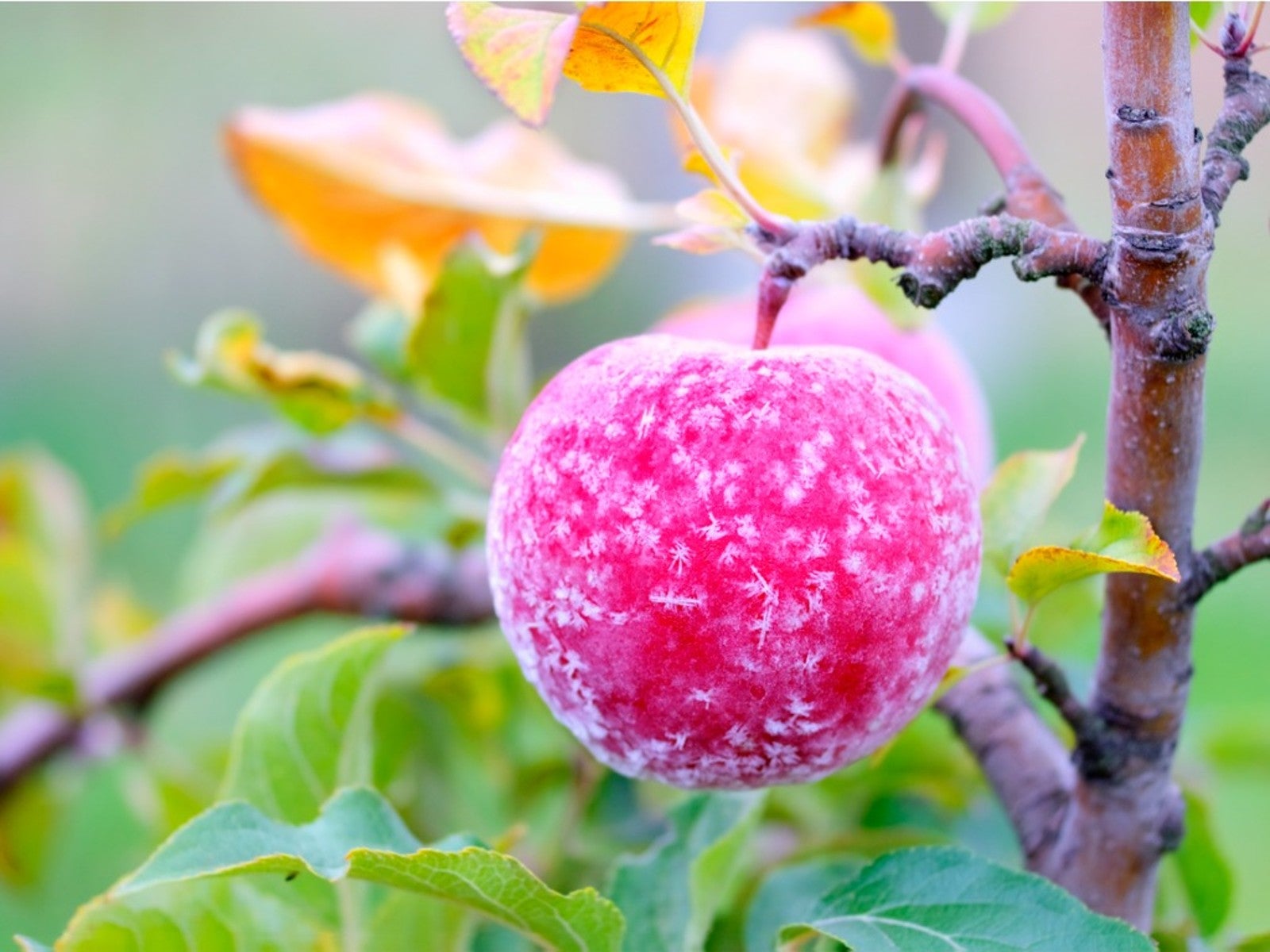 How To Protect Fruit Trees From Frost And Freeze
How To Protect Fruit Trees From Frost And FreezeChoosing fruit trees appropriate for your growing zone is best, but you still may need to protect them from extreme cold. Read how.
By Bonnie L. Grant
-
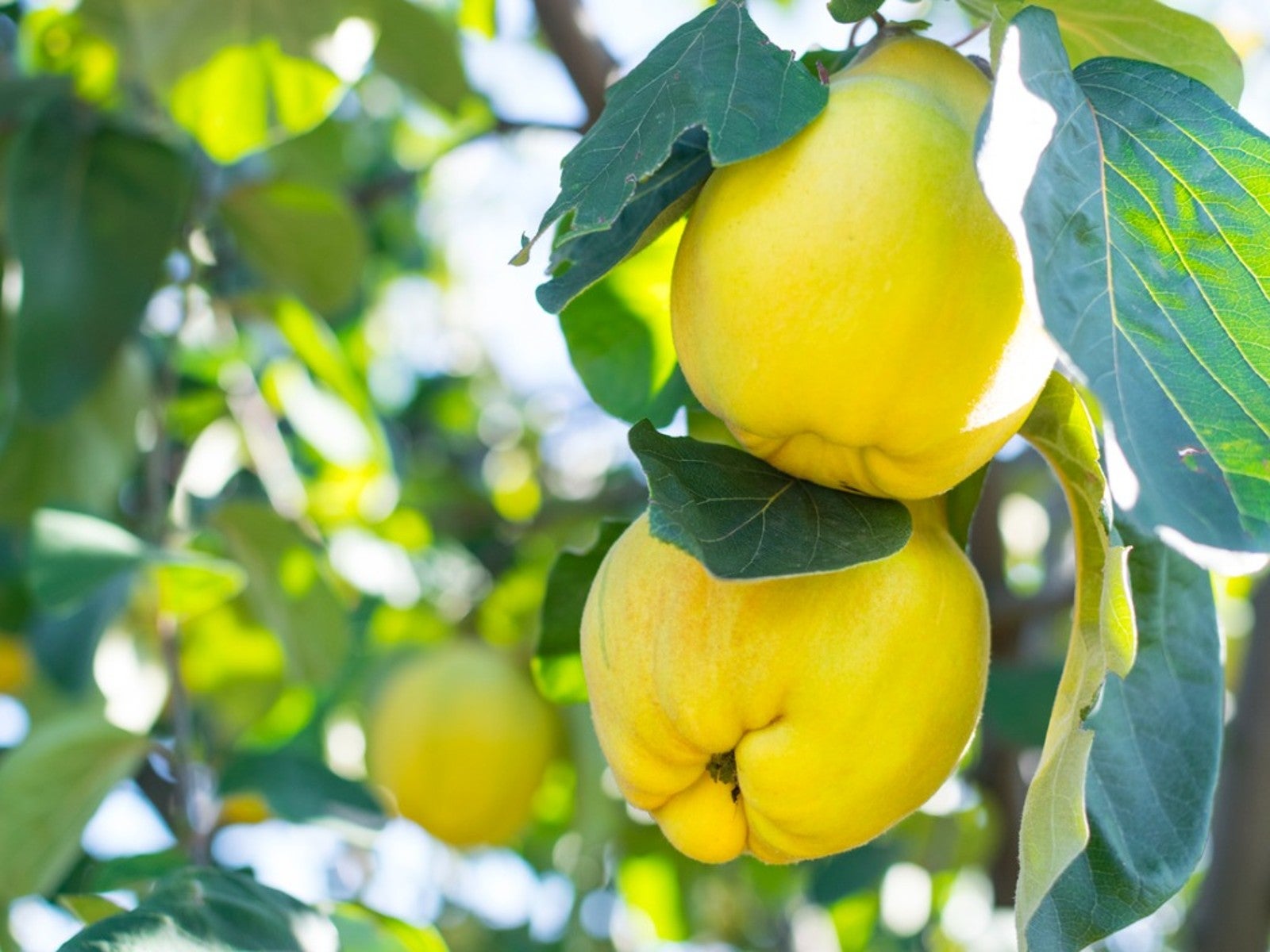 Best Plants For Late Summer and Fall Fruit Harvest
Best Plants For Late Summer and Fall Fruit HarvestEven if you don’t have the optimal conditions for more common fruit trees, there are other end of summer fruits to enjoy.
By Teo Spengler
-
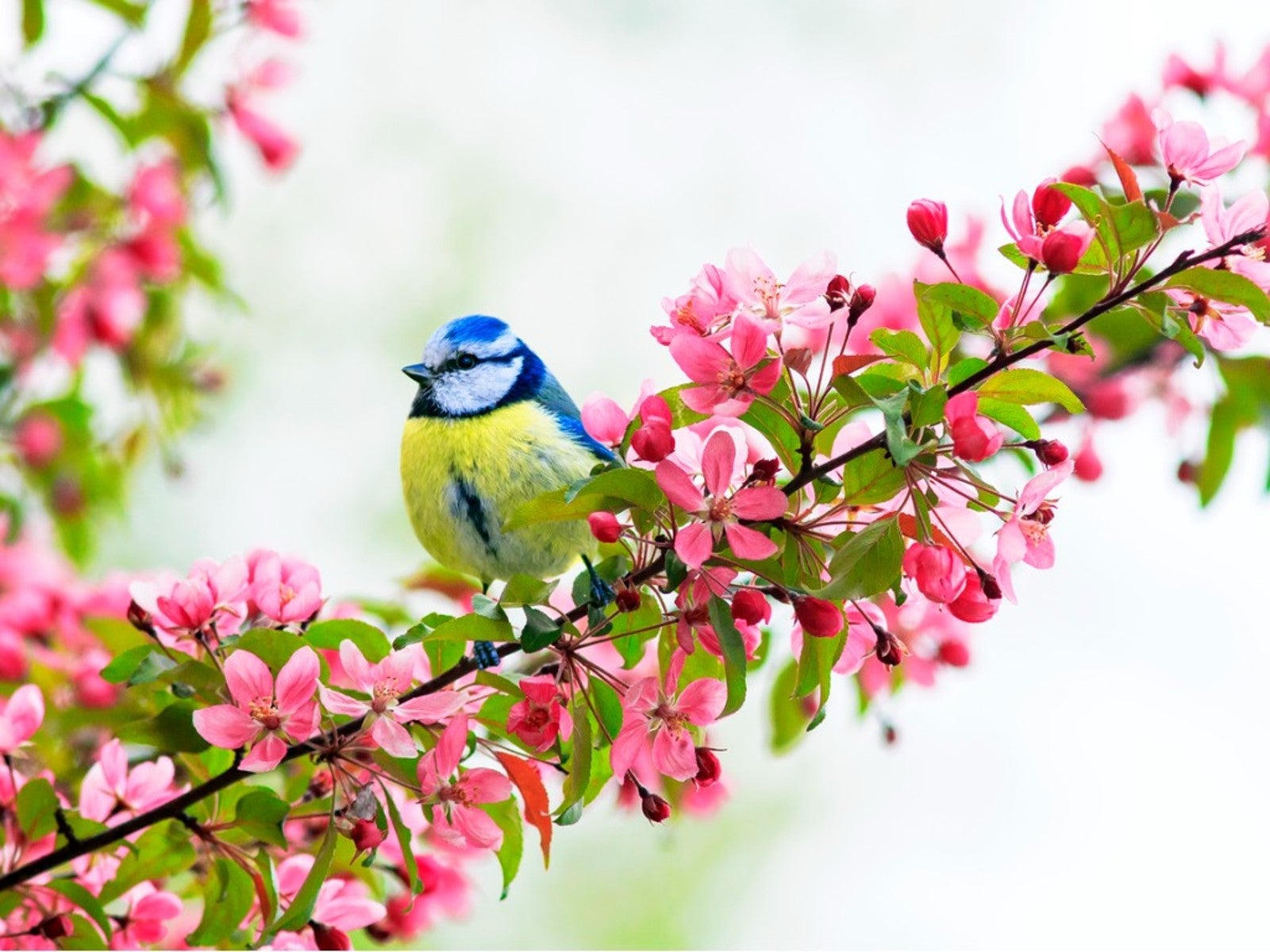 Best Native Fruit Trees To Support Wildlife
Best Native Fruit Trees To Support WildlifeIf you want trees that will attract and feed wildlife, learn the best kinds of edible fruit and nut trees to plant for inviting specific creatures.
By Teo Spengler
-
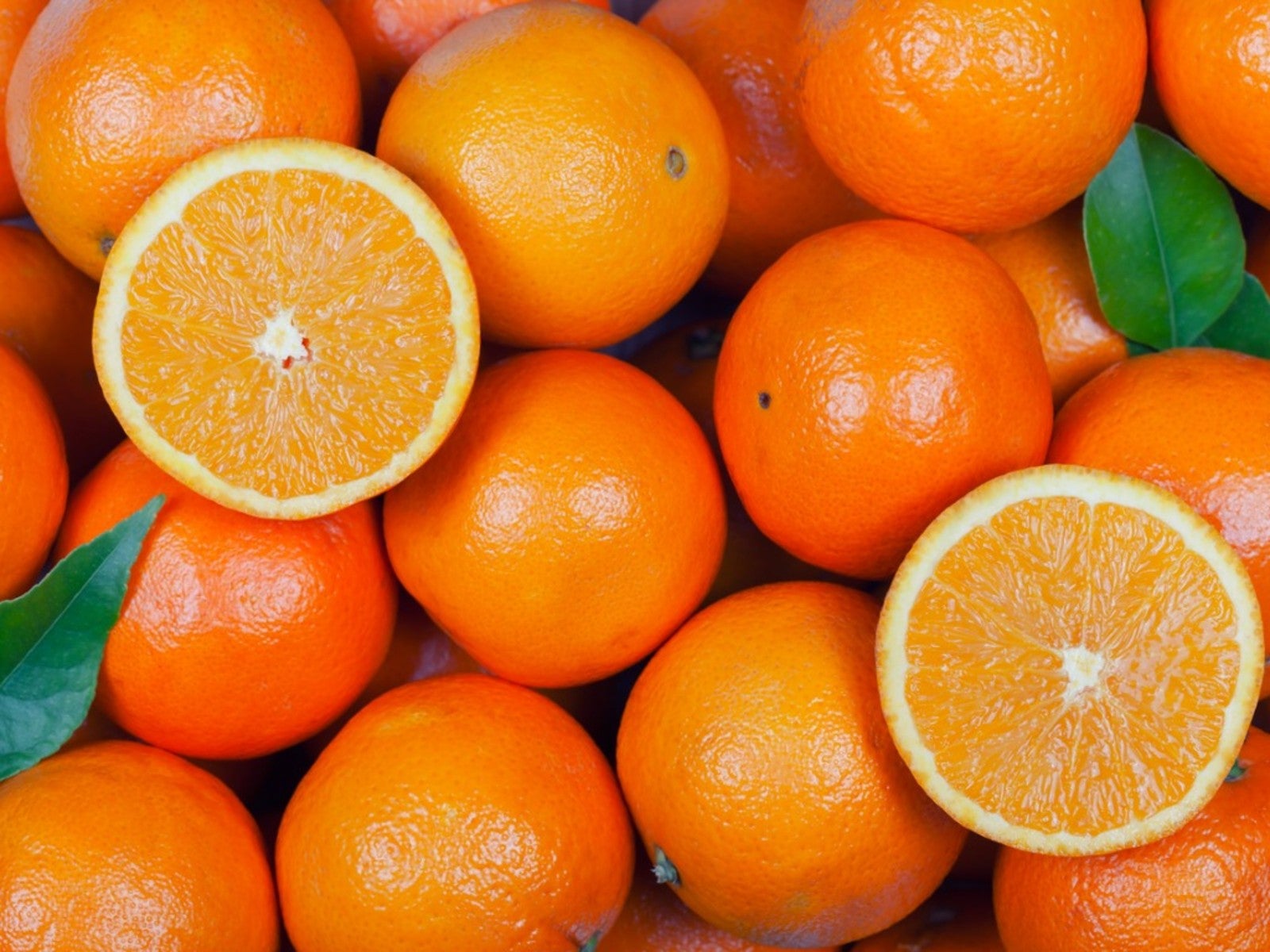 Orange Fruit Varieties: Growing Fruits That Are Orange
Orange Fruit Varieties: Growing Fruits That Are OrangeOrange colored fruit isn’t limited to the citrus orange. There are plenty of other orange colored fruit varieties, each packing a healthful punch. Read on for more.
By Amy Grant
-
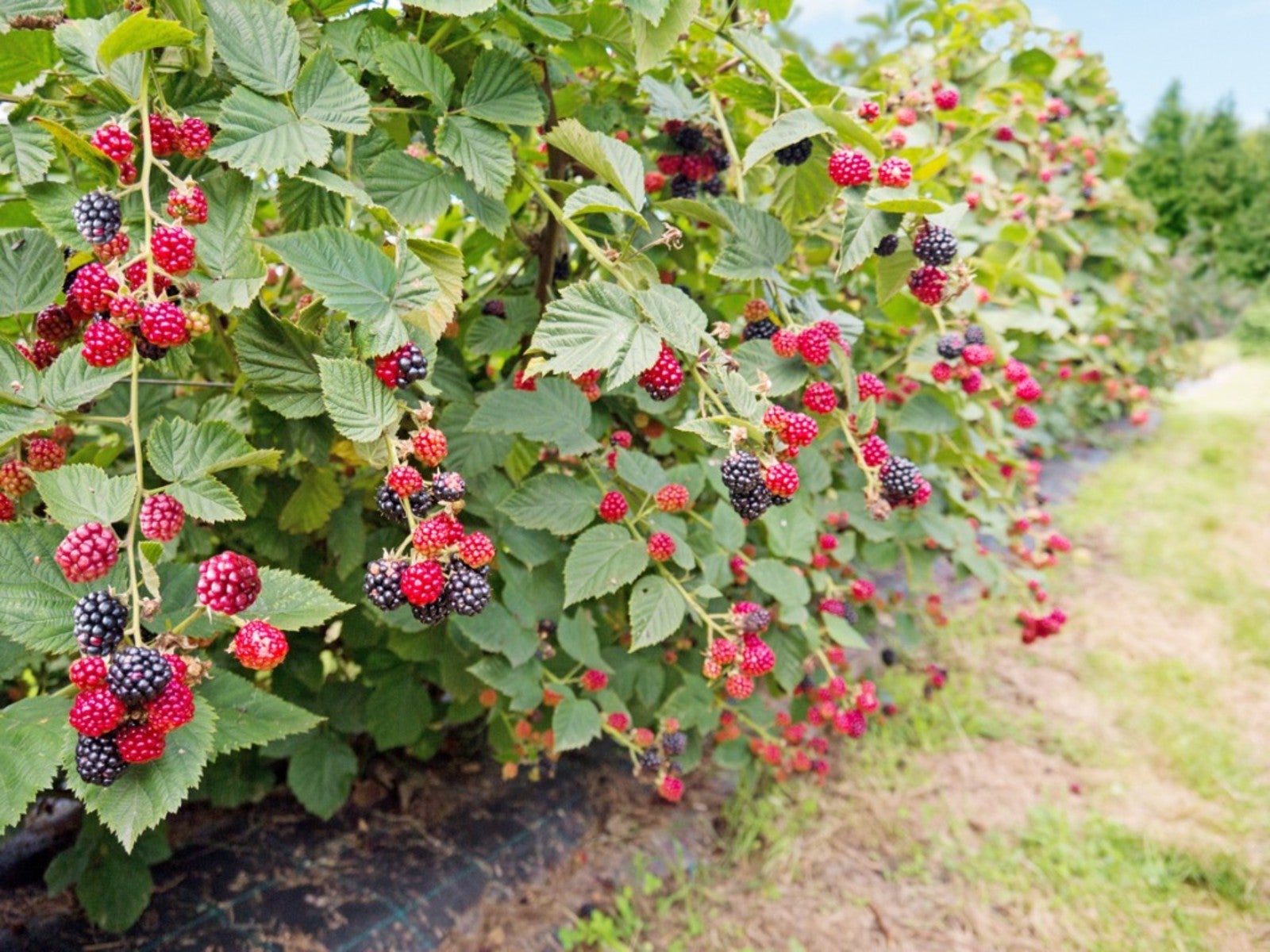 Everbearing Plants: Learn About Everbearing Varieties Of Fruit
Everbearing Plants: Learn About Everbearing Varieties Of FruitWhat does everbearing mean? And more importantly, how do everbearing varieties differ from non-everbearing types? Read on for more.
By Laura Miller
-
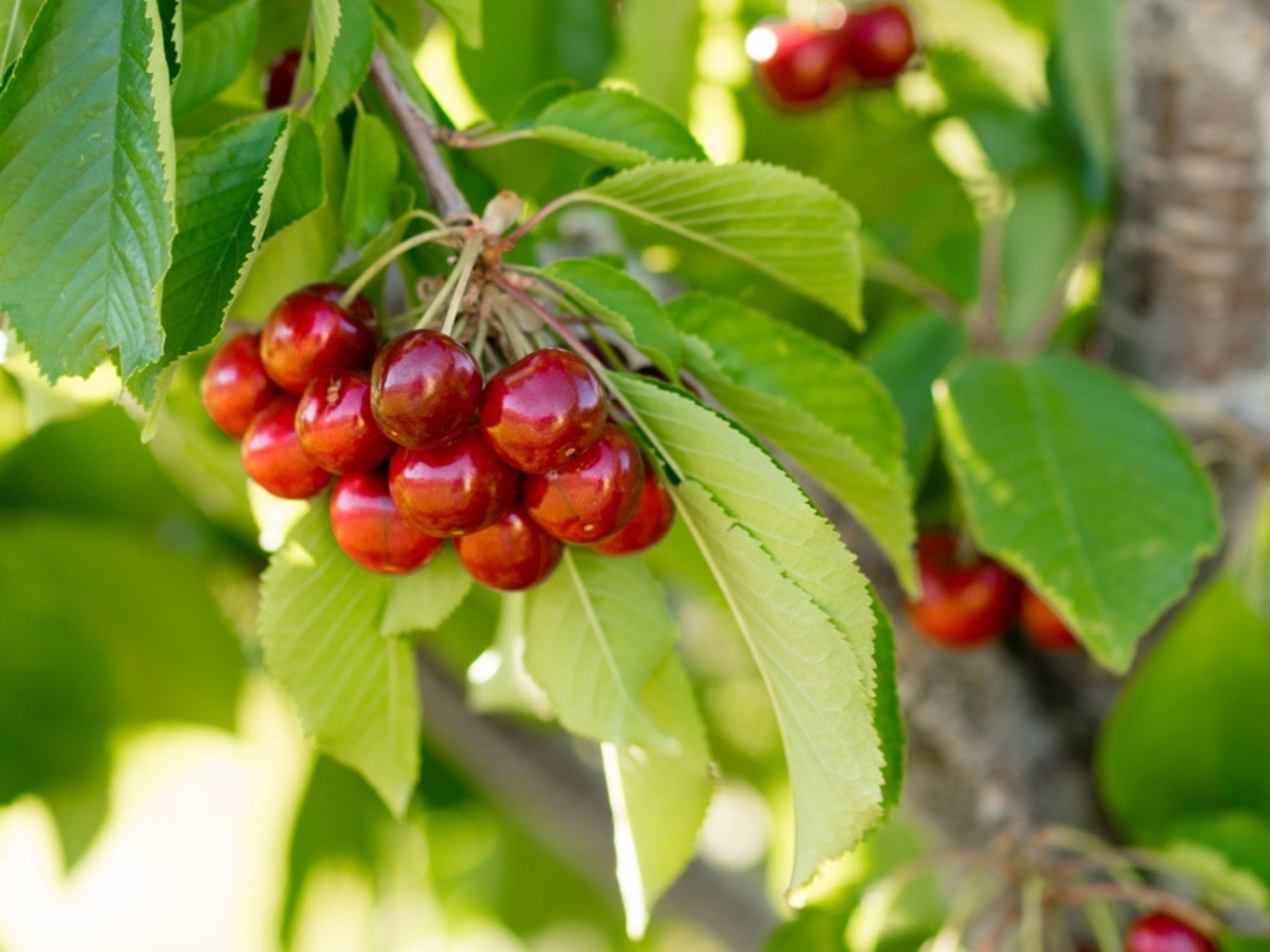 Plant A Red Fruit Garden: Growing Fruits With Red Flesh
Plant A Red Fruit Garden: Growing Fruits With Red FleshPlanting a red fruit garden may seem a bit whimsical. That is, until you realize the health benefits of consuming fruits with red flesh.
By Laura Miller
-
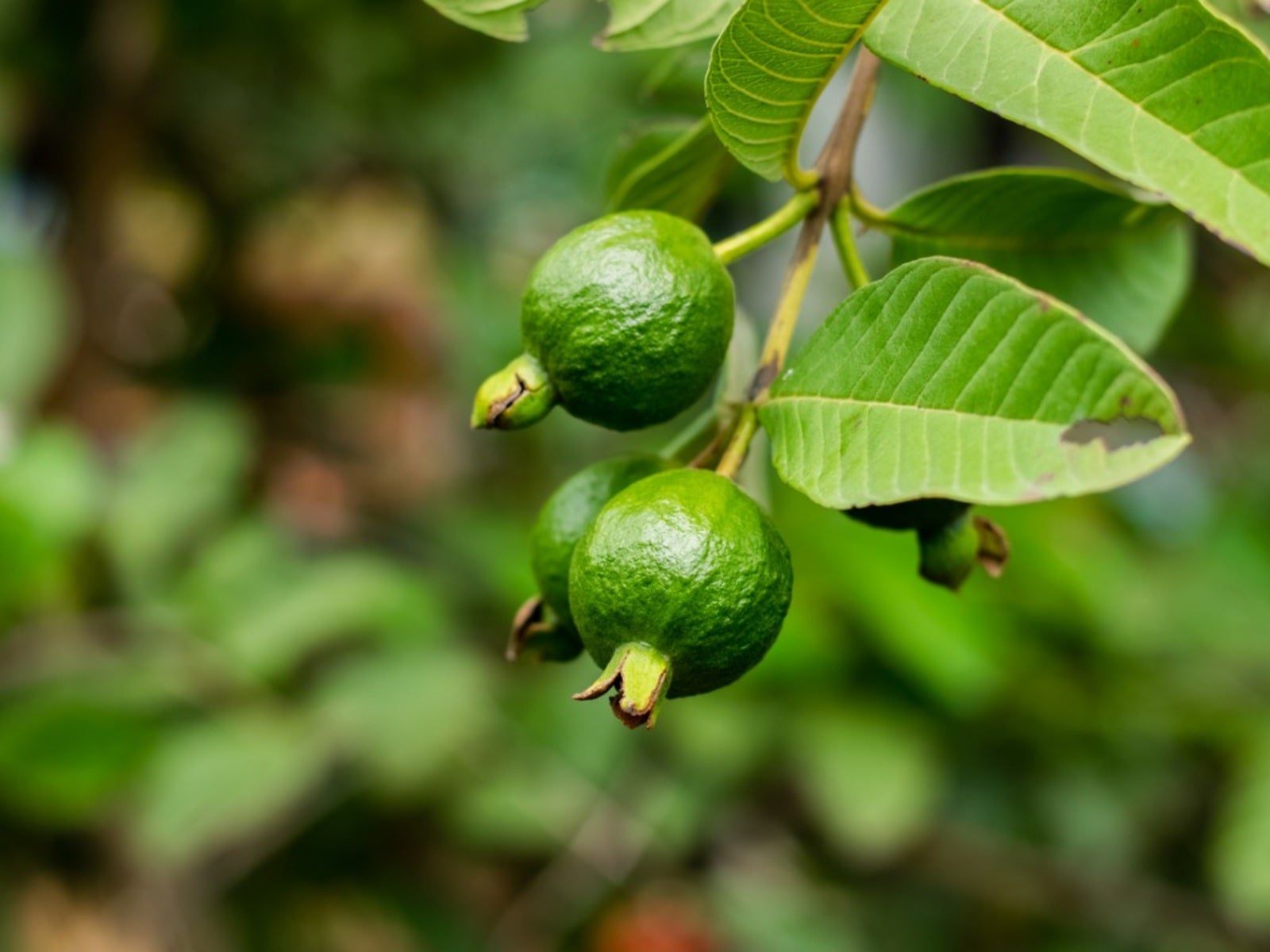 Heat Tolerant Fruits - Growing Fruit In Hot Weather
Heat Tolerant Fruits - Growing Fruit In Hot WeatherSome fruit grows in extreme heat naturally. But there are also specially cultivated, heat-tolerant varieties. For more information on heat tolerant fruits, read on.
By Teo Spengler
-
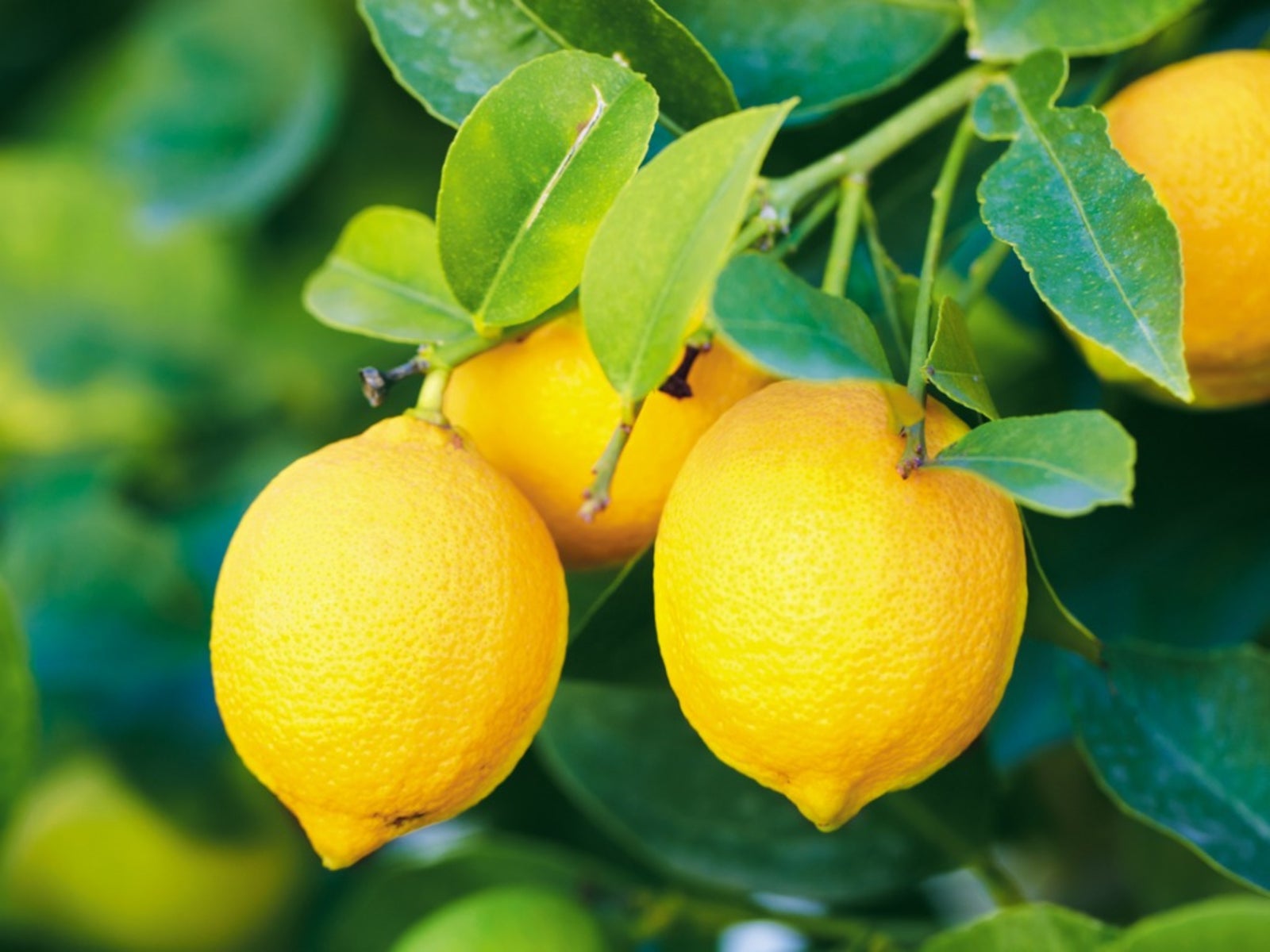 Yellow Fruit Varieties - Growing Fruit That Is Yellow
Yellow Fruit Varieties - Growing Fruit That Is YellowWhat fruit is yellow? There's more than the bananas at the supermarket. Try growing yellow fruit for a consistent supply of sunny food.
By Bonnie L. Grant